Whether you live in a high-rise building or a spread-out condo association, you probably take having reliable, adequate heat in the winter months for granted. But heating a multifamily community is not so easy as simply turning a dial. There are different fuel sources, budgetary considerations, and environmentally-friendly options to consider – especially when living in a community association where many homeowners’ voices must be heard. And clearly, different regions of the country have specific weather patterns with which they must deal. This is by no means a ‘one-size-fits-all’ matter.
The New Jersey Cooperator spoke with managers and HVAC professionals across several different markets to get an overview of the energy options currently on the market, and find out which one may be best for a specific association.
Garden State Sunshine
Even when heating options are limited to a select few providers or resources, there are still innovative ways for an association to conserve energy and save money. Ray Barnes of property management firm Associa Mid-Atlantic discusses a project underway at The Ponds at Clearbrook, an association over which he recently assumed management in Monroe Township, New Jersey.
“The Ponds is a 577-unit active adult condo community wherein the homeowners are actually responsible for their own heating and cooling expenses,” Barnes explains. “It’s on the border of areas served by local providers JCP&L [Jersey Central Power & Light] and PSE&G [Public Service Enterprise Group], so the owners contact one of the companies directly to set up their service, but only electric and gas are available as options right now.
“That said,” he continues, “we just broke ground on a solar project for the clubhouse, which uses JCP&L for gas and electric. We’d already changed over all of the lighting therein to LED and saved $23,000 in electric costs this year alone. And we’re looking at this solar project to help even further with overall consumption.”
NJ COOP: What was the inspiration to take on this project?
RB: “A company called Dividend Solar out of Colorado basically bid through our engineering firm in order to make their foray into the New Jersey market; it will be the first common-area solar installation in a Monroe community. It didn’t cost the association a dime to have this done. The mayor was here for the groundbreaking, and expressed how the success of the project could open the doors for other communities in the area.”
What’s the breakdown of generation versus usage? How about the savings?
“They’re looking for a combined solar/PV system to produce 300 MW per hour per year. Based on the prior year’s consumption of 400mw/hour, this would offset 90 percent of electrical distribution in the clubhouse itself. With the free installation, we’re looking at substantial savings. They’re estimating an aggregate of about 48 percent saved over the first year, and 32.5 percent over a 20-year period.”
The Jet Set
Winters are certainly quite different in New York and Florida, but it’s not uncommon for residents of the former to have homes or apartments in the latter – and vice versa. Doug Weinstein, Vice President of the Project Management Group of AKAM Living Services, which has dual headquarters in New York City and Dania Beach, Florida, has a finger on the pulse of both locales, and can attest to how people heat their homes in both the urban northeast and the semitropical south.
NJ COOP: In New York, No. 6 oil has been banned since 2015, and a ban on No. 4 is looming. In your experience, what are people using these days to heat their homes?
DW: “Well, very few buildings transitioned from the heavy oil 6 to No. 4; most went directly to No. 2 oil, or did a gas conversion to run off either pure gas or dual fuel. Gas is a much cleaner burn, so the equipment will run more efficiently where that’s used. There’s less wear and tear to the boilers.”
Given that fact, what is the incentive for those who choose to stick with oil?
“The commodity cost, the cost of conversion, and then the availability. Depending on where you are in New York City, Con Edison [the major energy provider] needs to be able to bring gas from the street into your building. The cost is determined by the degree of serviceability. In prior years, Con Ed ran a program to make it easier and more cost effective to bring gas into buildings. As they were upgrading their gas service in a specific neighborhood, they’d offer to bring gas into neighborhood buildings at little to no cost.”
Does Con Ed, in your opinion, offer adequate clean energy options?
“It offers a number of incentive programs for clean energy conversion, and via Con Ed Solutions, operates as an ESCO [energy service company], where although you’re relying on Con Ed to deliver gas to your building, you’re not required to buy the gas itself from Con Ed; you can purchase the commodity from a cheaper provider, should one be available.”
Are there any downsides to embracing the cleanest energy options available?
“When you talk about clean energy or energy reduction incentives, things like that, most of the time, the pushback comes from initial cost. When we approach a property with potential savings or clean energy or green options, we always make sure to discuss the return on investment (ROI) on the cost. And certain things, like LED retrofits, are low-hanging fruit. They’re a no-brainer, because the ROI is relatively short there.
“And with the city changing its laws, such that they outlaw heavy oil, you don’t want to get trapped facing a deadline. You want to upgrade early, or else the vendors are going to be booked, and they’re going to charge a premium to service those buildings that dragged their feet.”
What are some distinctions as to how energy procurement works in Florida, compared to New York?
“We don’t have the same mechanical setup for heat production in Florida that you mainly see in New York. In the latter, you have mostly central heating plants. In Florida, however, we have central air conditioning plants, but heat is usually provided through the individual unit in a person’s residence; a heating coil in the AC unit, for example, rather than through supplying heated water for a central system.
“Also, in Florida, we don’t have the energy deregulation that they have in New York. For instance, gas down here is deregulated, but electricity is not. So we only have one supplier that a property can purchase electricity from. For gas, we can go out to different ESCOs, but not electric; electric comes from FPL [Florida Power and Light].
“And I gotta tell you: their rates are way lower in Florida. Although New York has more options for shopping utility commodities. We’ve been very successful in having a large percentage of our buildings go into the marketplace and find the commodity service that suits their needs.”
Northern Exposure
Given its status as a celebrated skiing destination, it’s safe to say that Vermont winters trend colder than any of the other locales covered in this round-up. So heating one’s home remains a top priority for area residents.
“The association I manage consists of 119 units housed in two- and three-unit buildings,” explains Louise Rivieccio, manager of Equinox on The Battenkill Management Association in Manchester, Vermont. “That makes some 54 buildings in total, most of which are heated with propane. In the early 1980s, during the first phase of construction in the association, units were built with electric heating panels in the ceilings. While about 50 percent of those units have since converted to propane heating, others retain their electric heating source. These homeowners find the system quite economical, as most are summer residents only; they can turn thermostats to the lowest temps possible and drain their water lines over the winter.
“As to the propane systems: individual homeowners do have the right to select their provider of choice,” Rivieccio continues. “Nevertheless, with the exception of a single homeowner, all subscribe to the provider who originally installed the tanks into the ground some 30 years ago. Tanks are owned by the provider, and are strategically located to service four to six units per 1,000-gallon tank. To charge out usage of propane, each unit has its own meter; the provider handles each user/homeowner as an individual customer.”
John Watanabe, Manager of the Winterplace at Okemo Condominium Owners Association in Ludlow, Vermont, notes that the main heating options in the state are No. 2 oil, liquid propane, and natural gas – although the latter is mainly accessible in the northern parts of the state. And, as befits a state of its reputation, wood and pellets are also used in some situations, although, as Watanabe notes, less so these days, as fire departments have a say in the permitting process and the potential hazards of heating with very flammable wood options have caused them to take a back seat to propane.
“We’re in the process of finishing up a close-to 300-unit turnover, in terms of heating systems,” Watanabe says. “Our primary source of fuel is liquid propane, and we have a few options there, whether it’s cast-iron boilers or high-efficiency systems. The latter is a little more environmentally friendly, but in our pilot programs for that, we found that the cost increase on the high-efficiency system did not support the payback. The savings realized by the homeowner just wasn’t significant, when you consider the outlay for the equipment itself.”
Finally, Rivieccio runs down a list of policies which they implement in their association to best maintain heating efficiency:
“The association requires that homeowners have their heating systems inspected and serviced annually, especially if those systems are 10 years or older. We encourage homeowners to install a ‘heat-out’ warning system in their units for times they will be away. We have nightly surveillance personnel who, in cases of an outage, inspect and call in appropriate heating professionals. And in recent days of internet/cellular communications linked with alarms, homeowners can place their own emergency calls from, say, Florida, to their Vermont condo personnel or heating professional.”
Mike Odenthal is a staff writer/reporter for The Cooperator.





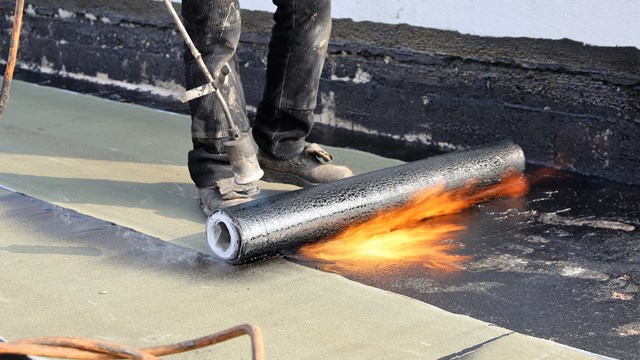
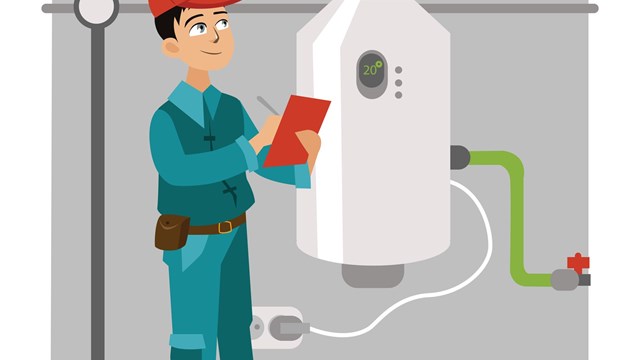
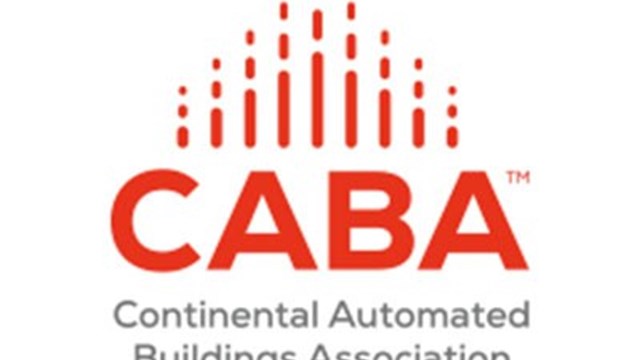
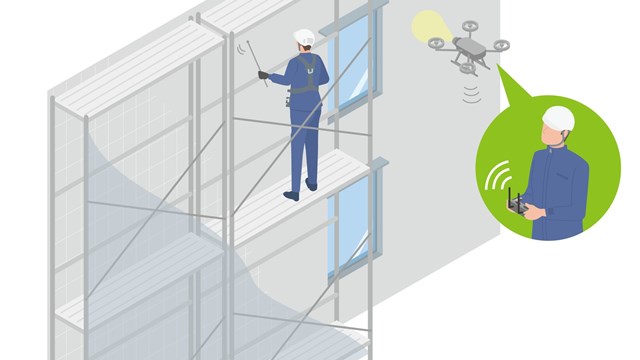
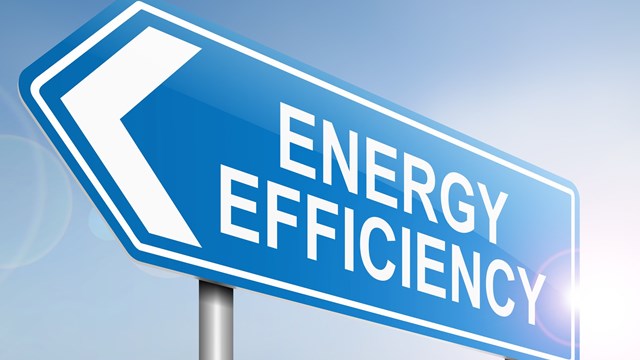
Leave a Comment